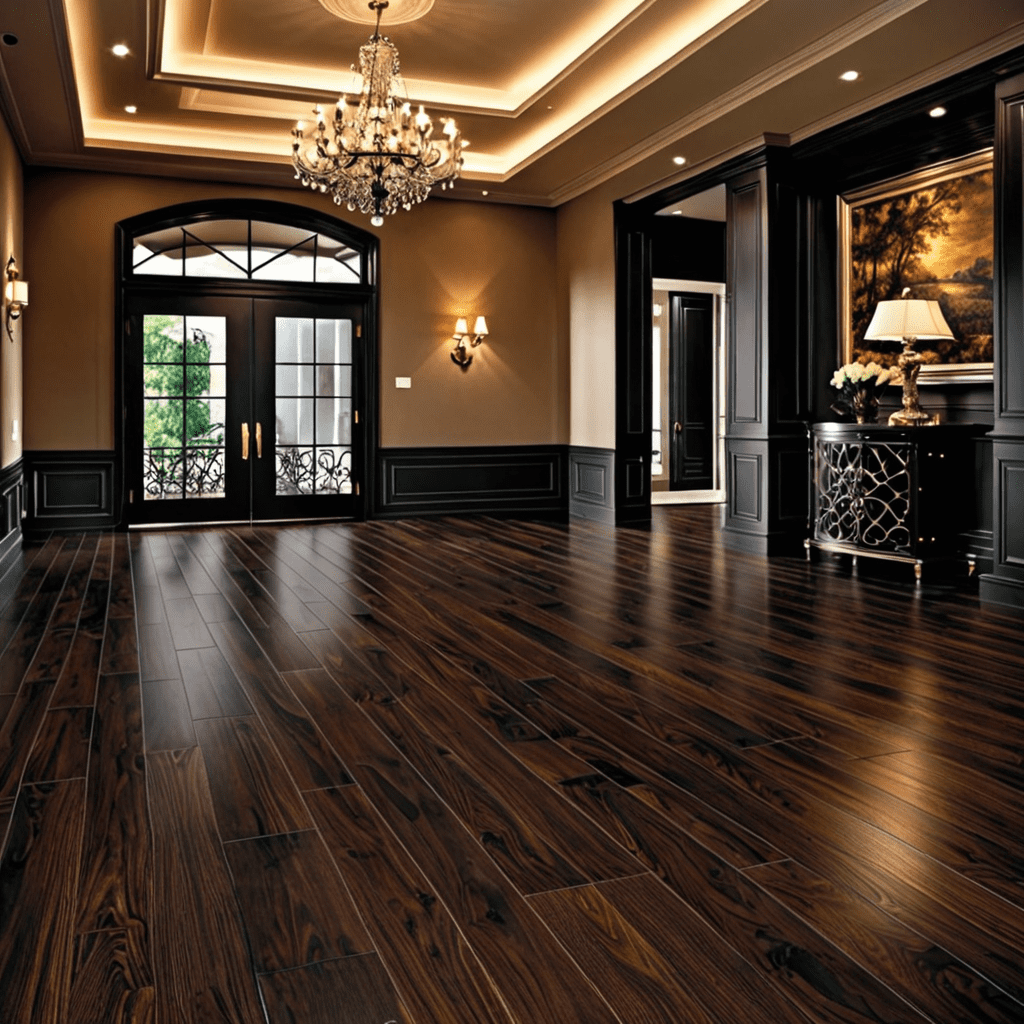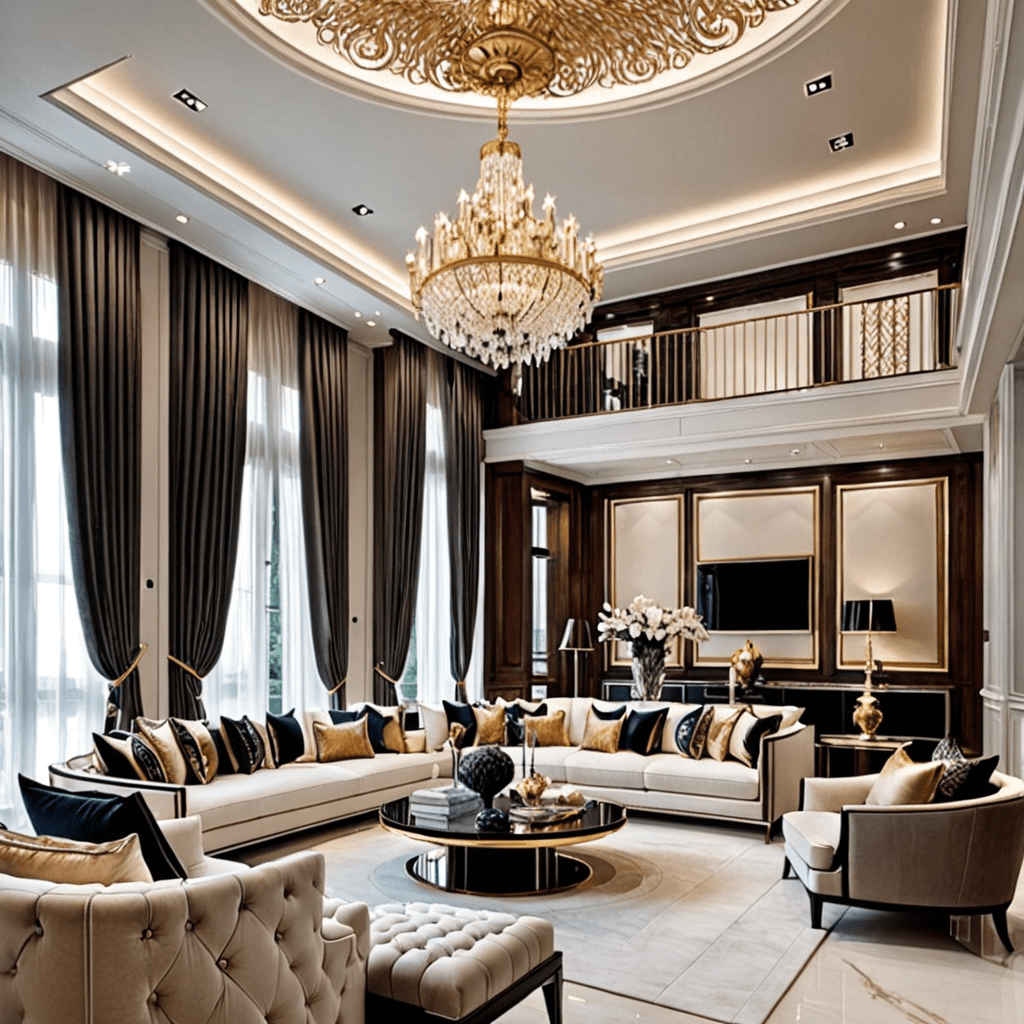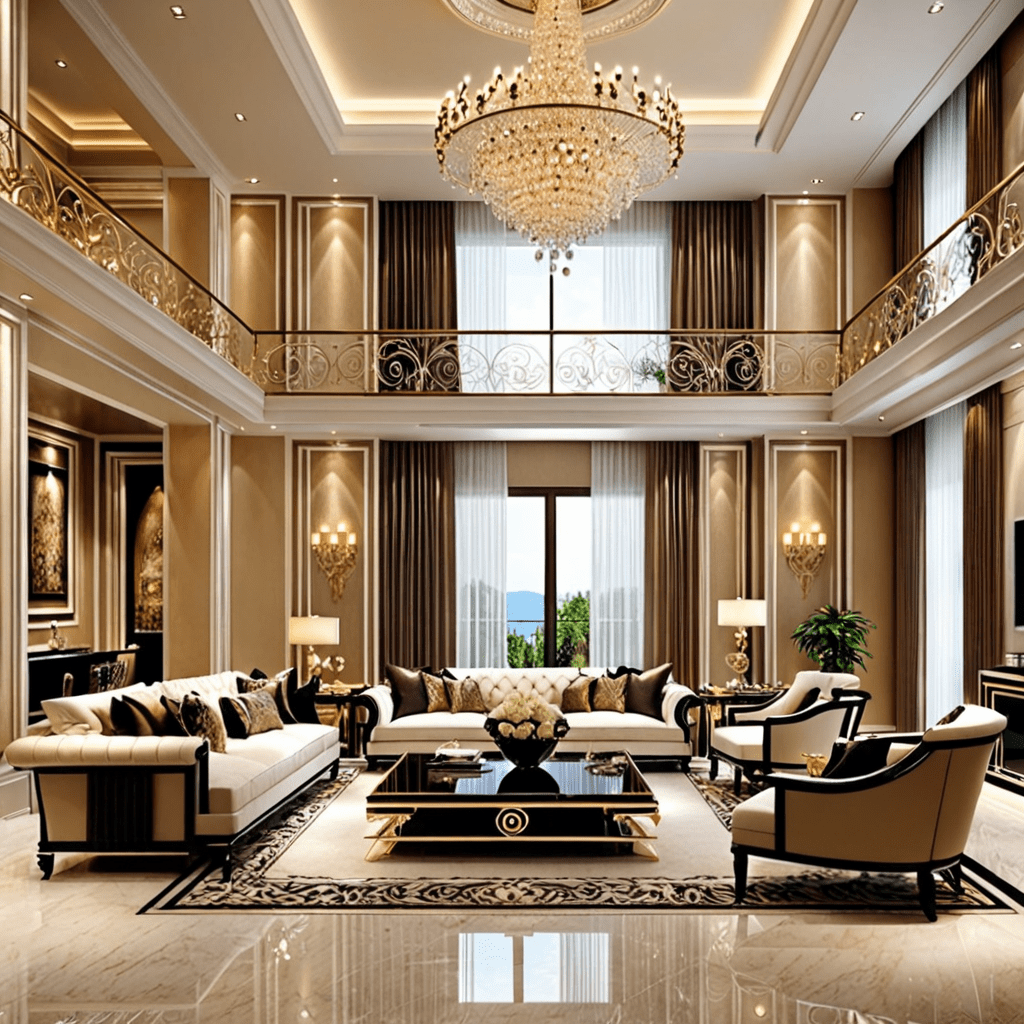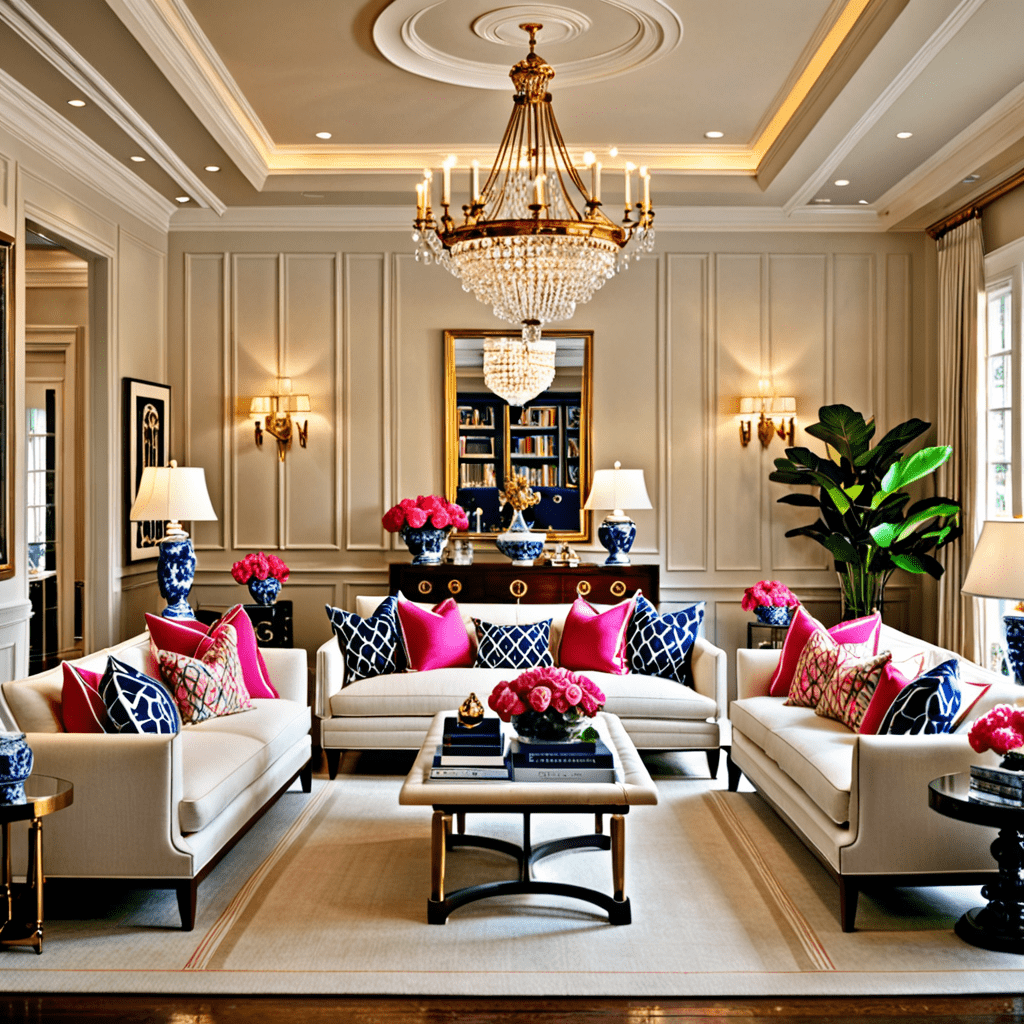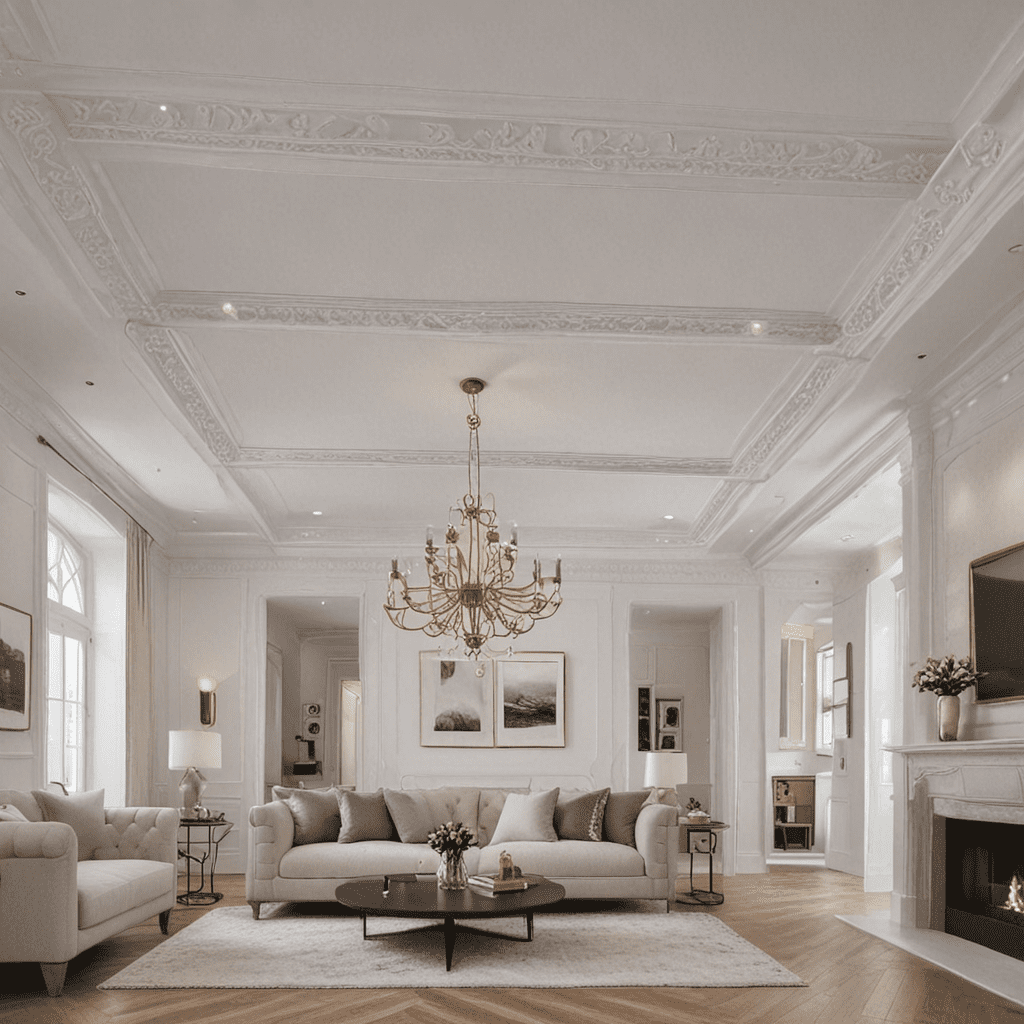Unveiling Essential Elements for Stylish Interior Design Success
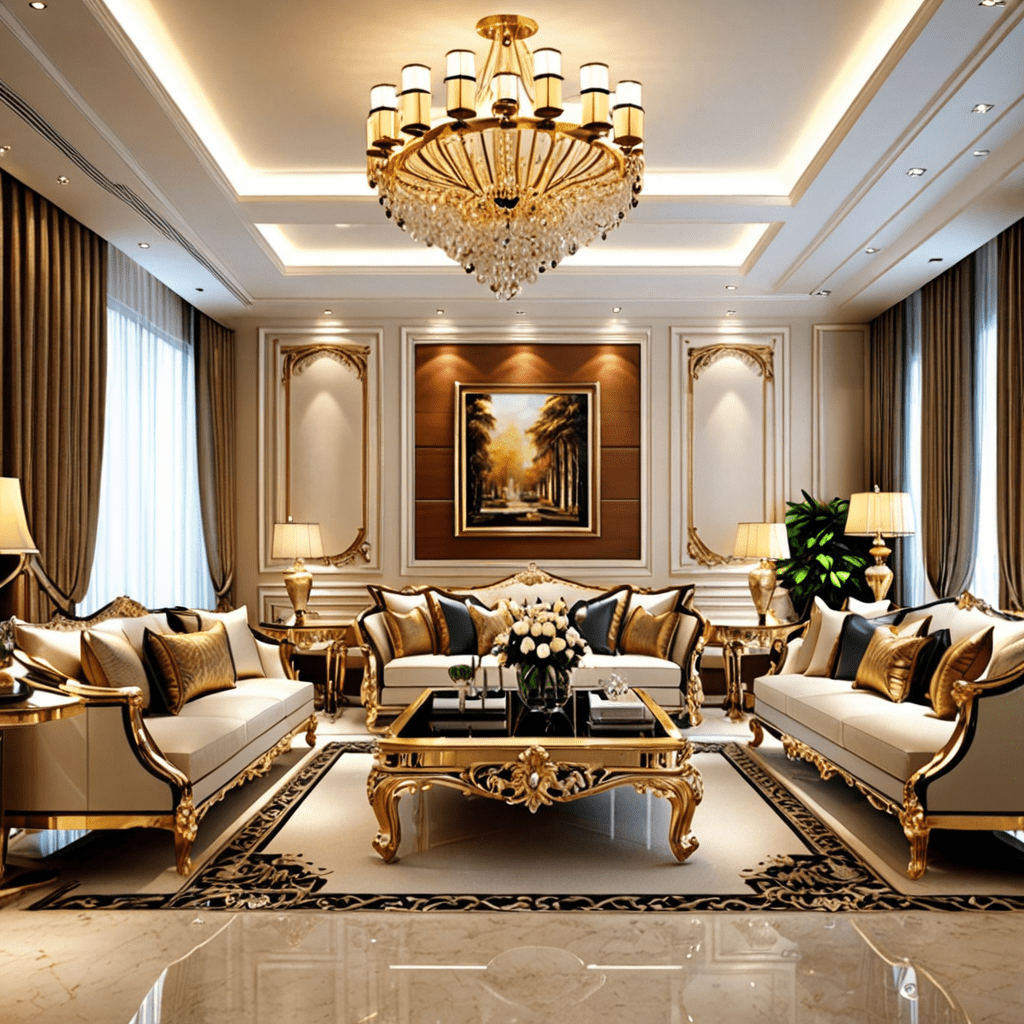

Unveiling Essential Elements for Stylish Interior Design Success
Interior design plays a crucial role in creating a harmonious and visually appealing space. Whether you’re revamping your home or starting from scratch, understanding the fundamentals of interior design can help you achieve a stunning and functional living environment. In this article, we will explore six key elements that form the foundation of successful interior design.
1. Space Planning: Maximizing Your Available Space
Effective space planning is essential for any interior design project. It involves analyzing the available space and determining the best layout to optimize functionality and flow. Consider the purpose of each room and how you envision the space being used. Factors like furniture placement, traffic patterns, and adequate storage solutions should all be taken into account.
To maximize your space, consider multifunctional furniture and creative storage solutions. Utilize wall-mounted shelves or built-in cabinets to minimize clutter and make the most of every inch. Carefully measuring your furniture and considering scale and proportion will ensure a cohesive and balanced design.
2. Color Palette: Setting the Mood
The choice of colors greatly impacts the atmosphere of a room. When selecting a color palette, it’s important to consider the mood and ambiance you want to create. Warm hues like red and yellow can evoke energy and excitement, while cool tones such as blues and greens promote relaxation and calmness.
To create a harmonious color scheme, consider the 60-30-10 rule. Choose a dominant color that covers about 60% of the room, a secondary color that accounts for 30%, and an accent color for the remaining 10%. This strategy creates a well-balanced and visually pleasing space.
3. Lighting: Enhancing the Ambiance
Lighting is a fundamental element that can make or break an interior design. Proper lighting not only enhances the functionality of a space but also sets the mood and ambiance. Layering lighting is key to achieving a well-lit and visually appealing environment.
Start by assessing the natural light available and complement it with a combination of ambient, task, and accent lighting. Utilize overhead fixtures, table or floor lamps, and wall sconces strategically to create the desired lighting effect. Dimmers can also be incorporated to adjust the level of illumination based on the time of day or desired atmosphere.
4. Texture and Pattern: Adding Visual Interest
Texture and pattern bring depth and visual interest to an interior design scheme. They can be incorporated through textiles, wall coverings, and various materials. Mixing textures and patterns adds dimension and prevents the space from feeling flat or monotonous.
Consider incorporating contrasting textures, such as smooth and rough surfaces, to create balance. Experiment with patterned fabrics, wallpapers, or floor coverings to add personality or create a focal point. Just ensure that the chosen textures and patterns complement each other and contribute to the overall aesthetic of the space.
5. Furniture and Accessories: Creating a Cohesive Look
Selecting the right furniture and accessories is crucial to establish a cohesive design that aligns with your style and preferences. Start by determining the function of each space and choose furniture that suits both the purpose and scale of the room.
Balance is key when arranging furniture. Create a focal point and arrange seating and other furniture pieces around it to achieve a comfortable and visually appealing layout. Accessorize sparingly, paying attention to details like artwork, mirrors, and decorative objects that enhance the overall design theme.
6. Balance and Proportion: Achieving Visual Harmony
Maintaining balance and proportion is essential in interior design to create visual harmony. Balance can be achieved through different approaches, such as symmetrical, asymmetrical, or radial balance. It ensures that elements within a space are visually distributed and create a sense of equilibrium.
Proportion refers to the relationship between the size of objects in a room. It’s important to consider the scale of furniture, artwork, and other elements to ensure they harmonize with the overall space. Proportional elements contribute to the visual balance and avoid overwhelming or underwhelming the area.
FAQ
Q: How can I make a small room appear larger?
A: To make a small room appear larger, start by choosing light and neutral colors for the walls and furniture. Additionally, opt for furniture with legs and open designs that allow light to pass through. Mirrors can also create the illusion of space by reflecting light and visually expanding the room.
Q: How do I choose the right window treatments?
A: When choosing window treatments, consider the level of privacy and light control you desire. Curtains and drapes can add elegance and provide more flexibility in terms of light control. Blinds and shades offer a more contemporary and streamlined look. Consider matching the window treatments with the overall style and theme of the room.
Q: What are some common mistakes to avoid in interior design?
A: Common mistakes to avoid in interior design include overcrowding the space with furniture, neglecting proper lighting, relying on a single light source, neglecting the importance of storage solutions, and using too many contrasting colors without cohesion. Always ensure that functionality and aesthetics are balanced to create a well-designed space.
Q: How can I incorporate sustainability into my interior design?
A: Incorporating sustainability into your interior design can be achieved by opting for eco-friendly materials, such as reclaimed wood, natural fibers, and low-VOC paints. Choose energy-efficient lighting fixtures and appliances, and consider repurposing furniture or accessories instead of buying new. Additionally, incorporate indoor plants to improve air quality and add a touch of nature to the space.
Q: What are some timeless design elements to consider?
A: Timeless design elements include neutral color palettes, classic furniture pieces, and natural materials like wood or stone. Emphasize quality over trends, and choose designs and patterns that will stand the test of time. Opting for minimalistic and clutter-free spaces can also help maintain a timeless aesthetic.
In conclusion, by understanding and integrating these fundamental elements of interior design, you can create a stylish and harmonious living environment. Space planning, color palettes, lighting, texture and pattern, furniture and accessories, and balance and proportion all contribute to the overall success of an interior design project. Remember to personalize your design to reflect your style and preferences, and don’t be afraid to be creative and experiment with various elements to achieve a unique and inviting space.
